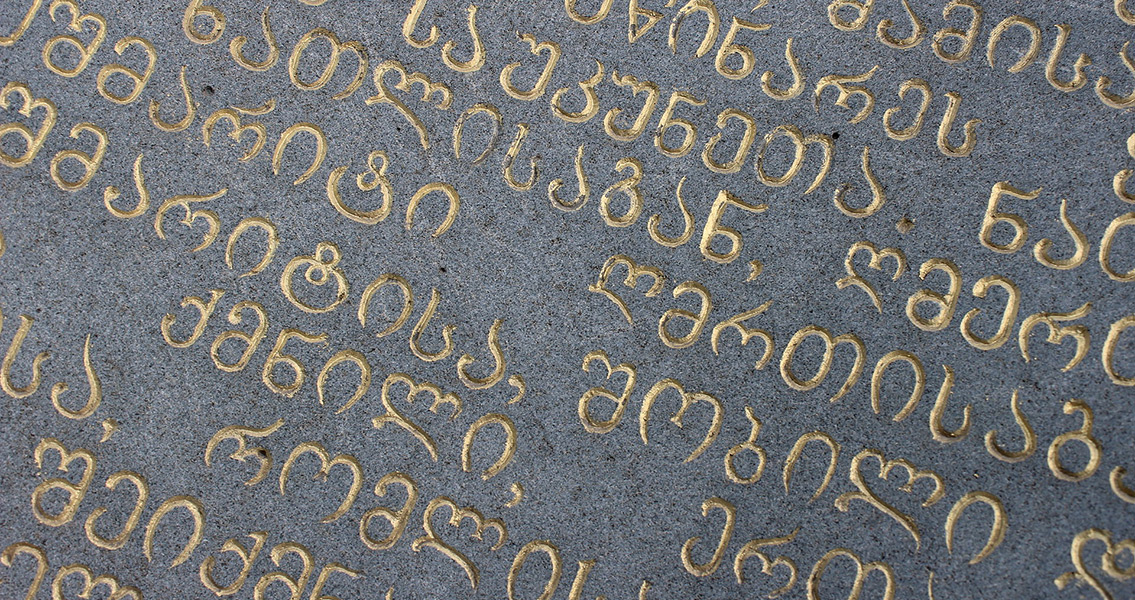<![CDATA[What is possibly the earliest example of Georgian script has been discovered in a temple that dates back 2,700 years. The script is in a yet unknown alphabet and pushes back the origins of writing in the Caucasus considerably, according to scientists involved in the discovery who spoke to Georgia Today. The inscription in which the mysterious alphabet was used was found on the pedestal of an altar to a fertility goddess in a temple from the seventh century BCE. The temple is located at a well known archaeological site, Grakliani Hill, in eastern Georgia. The site was discovered eight years ago during construction works for a highway and since then it has been established that it was consistently occupied over a period of 300,000 years, starting in the Stone Age, the Georgian Daily reports. So far, ten layers have been examined, revealing various artefacts, from weapons through icons to “pharmacological devices”. The site also contains a cemetery and the remains of a building – consisting of three rooms and three storage rooms – whose function has not yet been established. There are plans from the Ministry of Culture to turn the site into an open-air museum. The archaeologists working at the site, from Ivane Javakhishvili Tbilisi State University, say the script looks like no known alphabet so analysing it will be a fascinating endeavour that will probably attract the interest of international scientists. Describing the find to Georgia Daily, Vakhtang Licheli, head of the Institute of Archaeology at the Tbilisi State University, said there are in fact two scripts: one consisting of just several letters, on one altar pedestal, and the other a much longer text on another pedestal. According to the scientists, the discovery has the potential to change the history of the country. However, further excavations at the site will have to wait until next year due to a lack of sufficient funding. The earliest Georgian script is believed to have originated some time in the fourth or fifth century CE. It was called Asomtavruli and its emergence coincided with the Christianisation of the country. It was first used to translate the Bible into Georgian. This early script later developed into another one, Nushkuri, which has a closer resemblance to modern Georgian, Mkhedruli. This most recent one, which originated in the tenth century, is considered standard Georgian today but all three scripts are in use. According to website Ancient Scripts, the Georgian alphabet was most heavily influenced by the Greek and Iranian scripts. The letter ordering is Greek but the shapes of the letters, especially in the older versions, are similar to Iranian ones, as are the many sibilant sounds and the respective letters for them. Commenting on the find, German historian Stefan Härtel told New Historian “Most of the languages in the surroundings that I’m aware of used cuneiform script, which is significantly different in every way to that (the newly discovered script).” He added, however, that there are a number of possibilities as to what the script may be, but the current images available of it were insufficient to say anything with any degree of certainty. Image courtesy of Wikimedia Commons user: rocketfall]]>
Earliest Georgian Script Found in 2,700-Year-Old Temple
